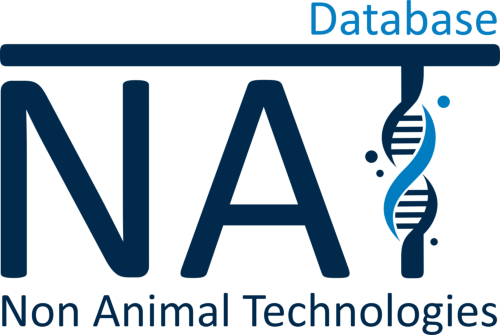Bioengineered optogenetic model of human neuromuscular junction
2021
Columbia University, New York, USA(1)
Gladstone Institutes, San Francisco, USA(2)
Gladstone Institutes, San Francisco, USA(2)
Functional human tissues derived from patient-specific induced pluripotent stem cells (hiPSCs) hold promise for controlled and systematic research into the progression, mechanisms, and treatment of musculoskeletal diseases. Here, the researchers describe a standardized method for producing an isogenic, patient-specific human neuromuscular junction (NMJ) that enables automated quantification of NMJ function to diagnose disease using a small blood serum sample and evaluate novel therapeutic modalities. By combining tissue engineering, optogenetics, microfabrication, optoelectronics, and video processing, a novel platform has been created for the precise study of human NMJ development and degeneration. The study demonstrates the utility of this platform for the detection and diagnosis of myasthenia gravis, an antibody-mediated autoimmune disease that disrupts NMJ function.
Bioengineered optogenetic model of human neuromuscular junction
Gordana Vunjak-Novakovic(1), Olaia F. Vila(2)
Added on: 10-04-2021
[1] https://www.sciencedirect.com/science/article/abs/pii/S0142961221003896?emci=9ab55efe-6dfc-eb11-b563-501ac57b8fa7&emdi=31ff5b9c-7bfc-eb11-b563-501ac57b8fa7&ceid=2015591





